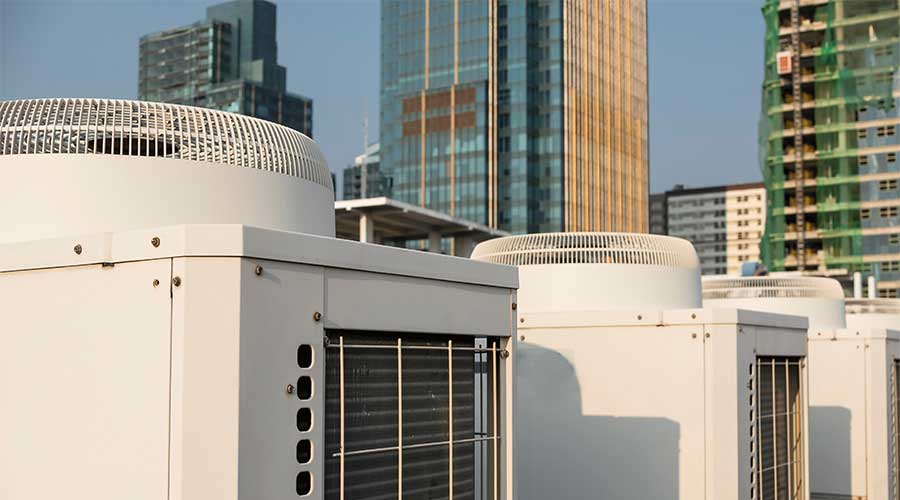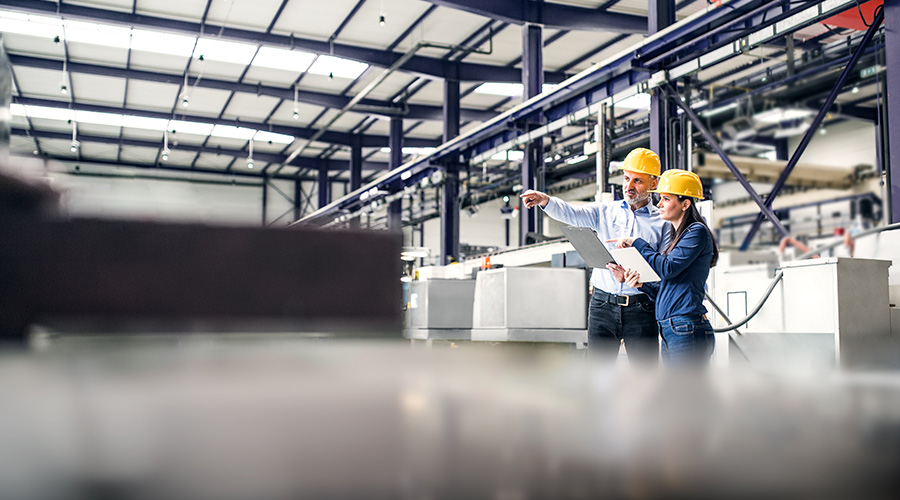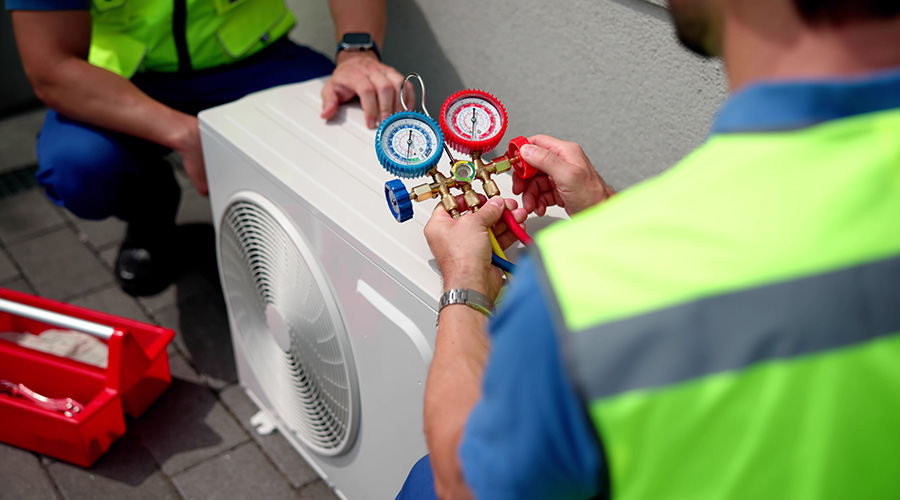The push to curtail climate change and its impact on communities and facilities is gaining momentum, and healthcare facilities are coming under mounting scrutiny to limit their carbon emissions as part of these efforts.
To support healthcare facilities managers in their efforts to reduce their buildings’ carbon emissions, the Better Buildings program from U.S. Department of Energy (DOE) has developed a guidance document, Low Carbon Technology Strategies, for healthcare facilities. The primary purpose is to aid managers of existing buildings in planning retrofit and operational strategies to achieve deep carbon reductions. These strategy documents supplement existing energy design guides where new construction is the focus.
The document includes steps managers can implement to achieve smart, healthy and low-carbon hospitals within their existing building portfolios. Hospitals typically include complex heating and cooling systems and specialty medical equipment. Managers can assess current conditions in their buildings against the simple, intermediate and advanced options to begin planning the next steps to reduce carbon emissions. The document addresses opportunities in these categories:
- Lighting
- Space conditioning and water heating
- Controls and analytics
- Building envelope
- Plug and process loads
- Renewables and battery storage.

 State of the Facilities Management Industry in 2025
State of the Facilities Management Industry in 2025 City of Hope to Open New Cancer Specialty Hospital in California
City of Hope to Open New Cancer Specialty Hospital in California Montefiore Einstein Opening New Inpatient Center for Youth in the Bronx
Montefiore Einstein Opening New Inpatient Center for Youth in the Bronx Skill Stacking: How Micro-Credentials Are Reshaping Trades
Skill Stacking: How Micro-Credentials Are Reshaping Trades Prima Medicine Opens New Location in Tysons, Virginia
Prima Medicine Opens New Location in Tysons, Virginia